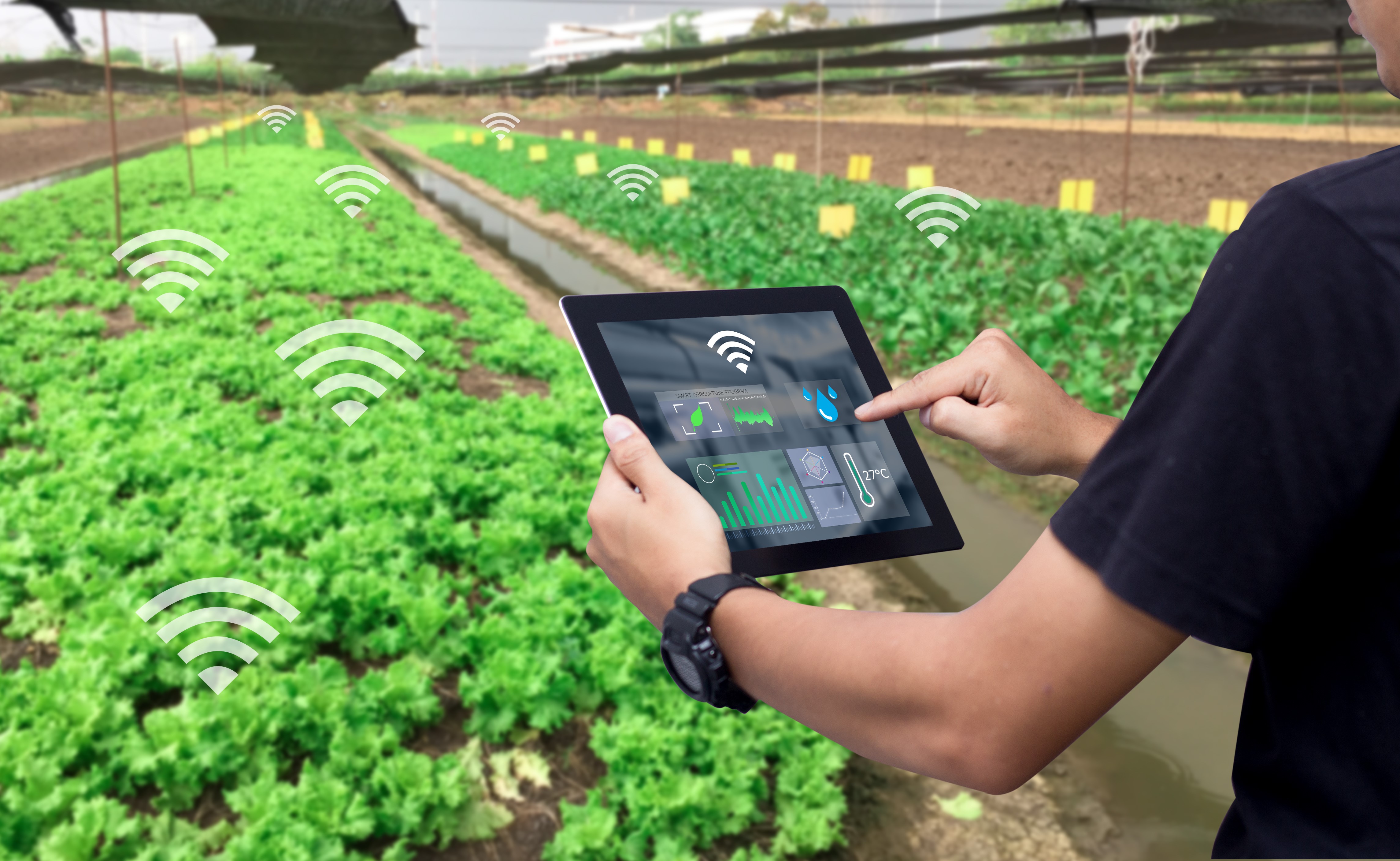
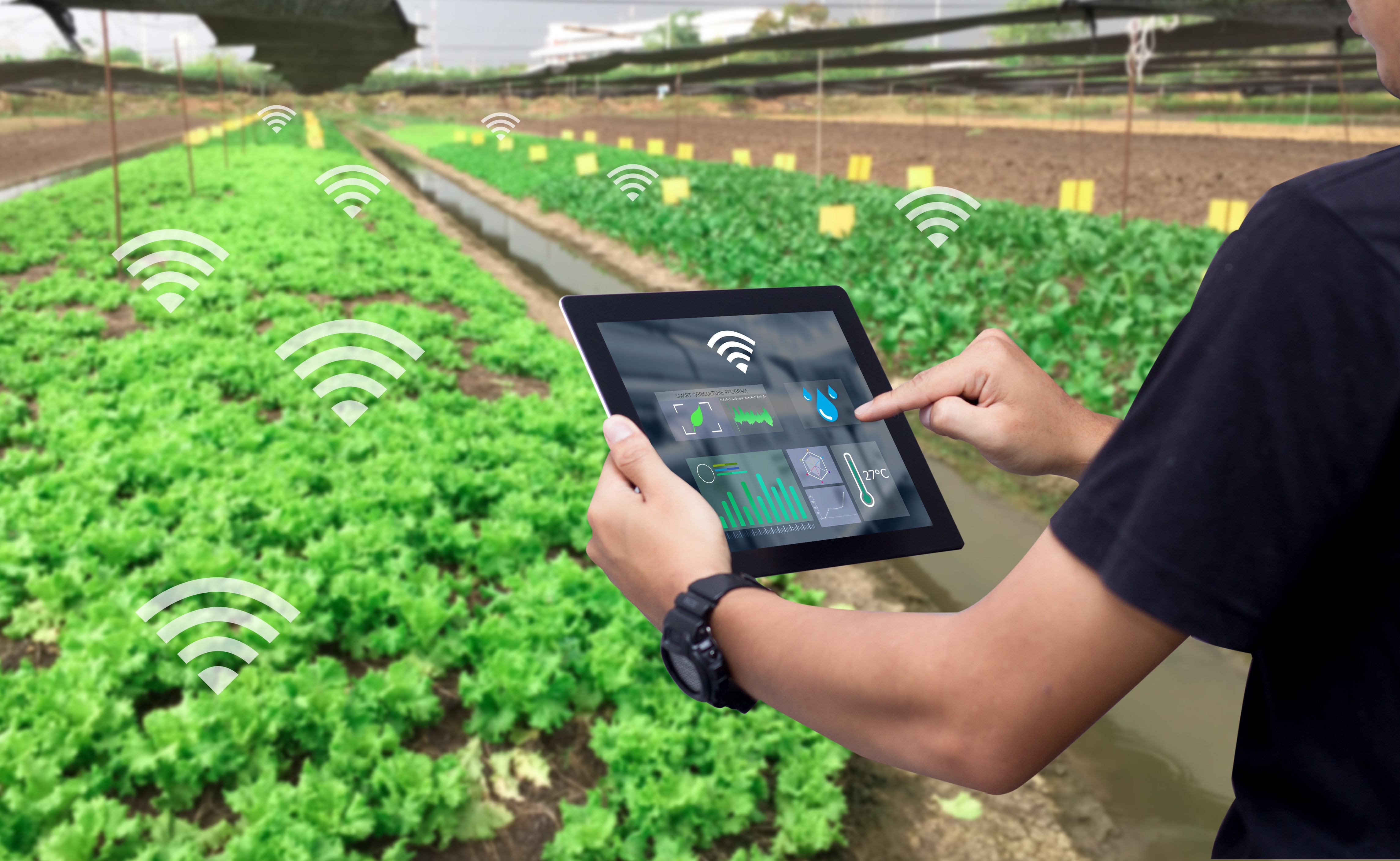
The innovative direction of the Internet of Things (IoT), when different subjects and mechanisms are connected to each other in a network and automatically perform any tasks, is actively developing today in many areas of human life. Many people are already familiar with such a concept as Smart Home, when with a single controller or application, a person can control household appliances, heating, ventilation and air conditioning systems, lighting, security systems, etc.
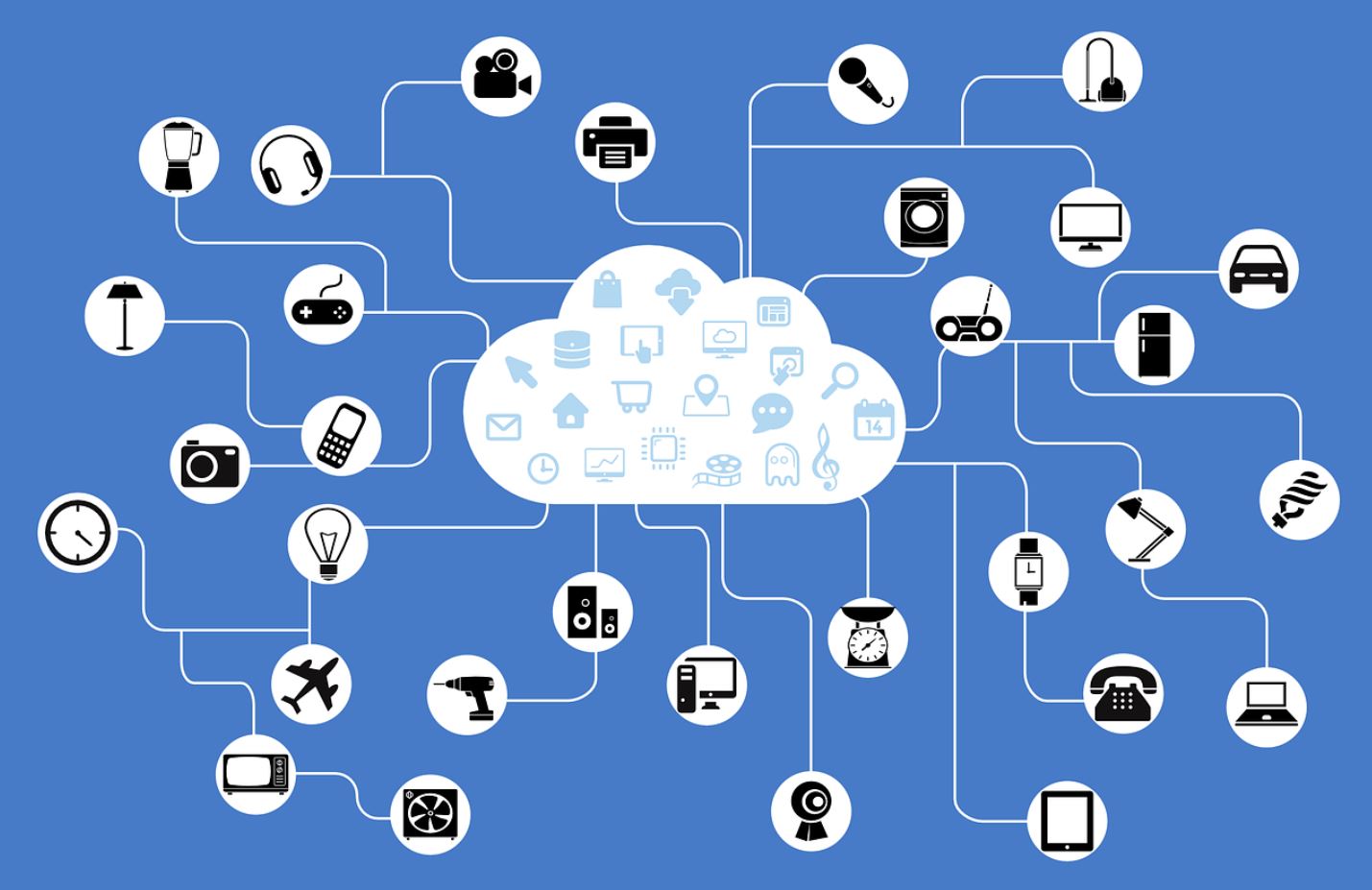
As one of the key sectors of the world economy, agriculture also boasts a dynamic pace of IoT implementation. The industry has good reasons for innovation: experts predict that by 2050, the world population will reach 10 billion people.
Considering such prospects, the importance of accurate and continuous monitoring of business processes in agriculture can hardly be overestimated. Obviously, those companies that manage to meet the growing demand for organic food through the use of innovative systems will have a clear competitive advantage.
Experts of a large IT company IBM believe that the use of IoT will allow farmers to increase production by 70% by the end of 2050. One way or another, IoT has a lot to offer in terms of facilitating the daily tasks that farmers face: regular maintenance of equipment, assessment of water requirements, assessment of the correct planting time, measuring soil temperature and humidity, pest control.
Examples of IoT use in agriculture

1. Soil condition monitoring
Soil condition is an important indicator to help farmers decide on the best timing for planting and harvesting. IoT sensors that monitor the soil can provide instantaneous signals of soil moisture or salinity. Other indicators include soil and air temperatures: their correct assessment allows one to schedule watering times and to know when to expect pests.
An example of such a solution is the development of the American-Israeli company CropX - an agricultural technology platform for remote monitoring. It uses intelligent agricultural sensors for data collection, as well as cloud infrastructure for data processing and storage, to ultimately deliver the necessary information in a readable format to the user's computer or smartphone.
2. Weather monitoring
Agricultural weather monitoring is one of the main applications of IoT. In crop production, yields are highly dependent on the environment, which is inherently unstable. Sensors for weather monitoring, located directly in the field, warn of changes in weather conditions - temperature, precipitation, humidity, solar radiation and wind speed.
Weather monitoring platforms, such as Pycno, allMETEO and Smart Element, are prime examples of how the application of intelligent sensing technology in agriculture helps to receive the necessary notifications (to a computer or smartphone) in time to take immediate precision measures.
3. Greenhouse automation systems
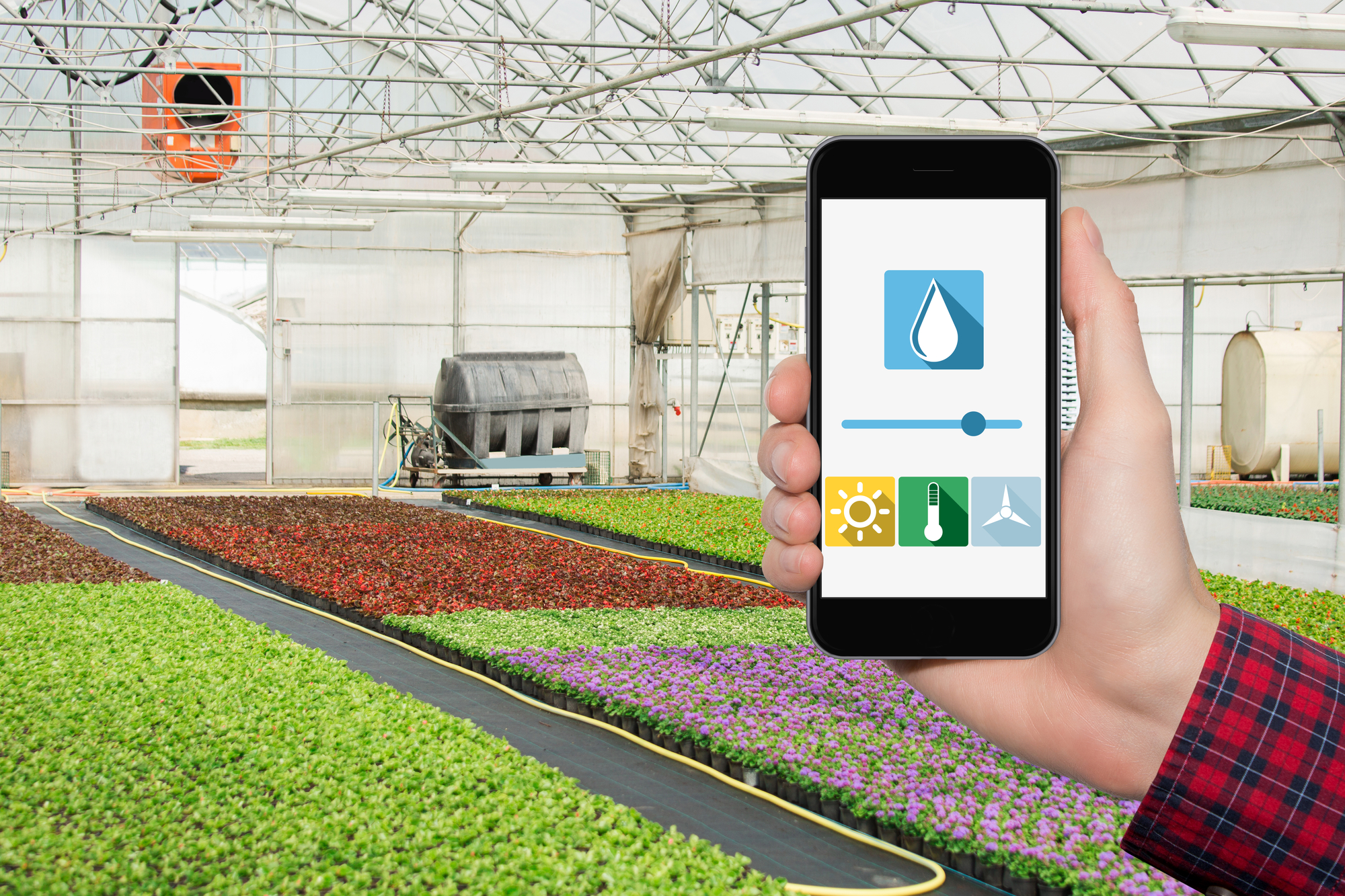
A fragile and sensitive greenhouse ecosystem requires constant maintenance and control. Intelligent greenhouse automation solutions such as Growlink, Farmapp and GreenIQ help to maintain an optimal microclimate: control lighting, humidity, CO2 level and temperature.
4. Plant monitoring systems
As crops grow and mature, much can go wrong: diseases, pest infestations or adverse environmental conditions can cause irreparable damage before farmers even notice. Intelligent sensing technology used in crop monitoring collects data on the condition of crops (temperature, humidity, health indicators), which allows timely action in case something goes wrong.
In addition, systems such as Semios and Arable help determine when a crop is ripe, allowing one to plan the exact time of harvest.
5. Digital pest management
It is usually impossible to find out about the appearance of pests, as well as to accurately determine their activity and location without frequent visits to the field. Smart agricultural monitoring systems solve these problems. Moreover, they help to determine the exact amount of chemicals to kill pests in each specific case.
IoT pest detection systems, such as the Strider, count insects and locate them in real time using cameras and sensors placed directly in the field.
6. Livestock monitoring systems
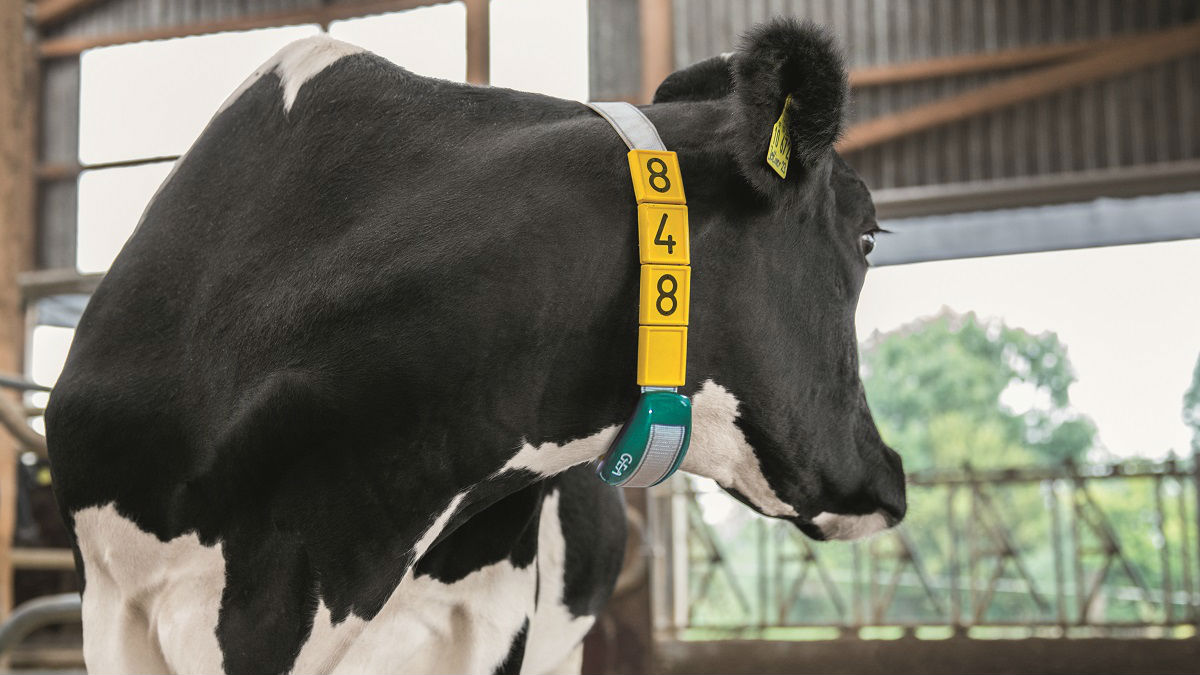
Combining sophisticated equipment with modern software, IoT agro-technology solutions help protect livestock. For example, SCR is a company specializing in the use of special collars to track the health, location and activity of cows.
Remote sensing in agriculture combined with advanced analytical software provides complete information on cow nutrition and the health of the entire herd.
7. Integrated farm management systems
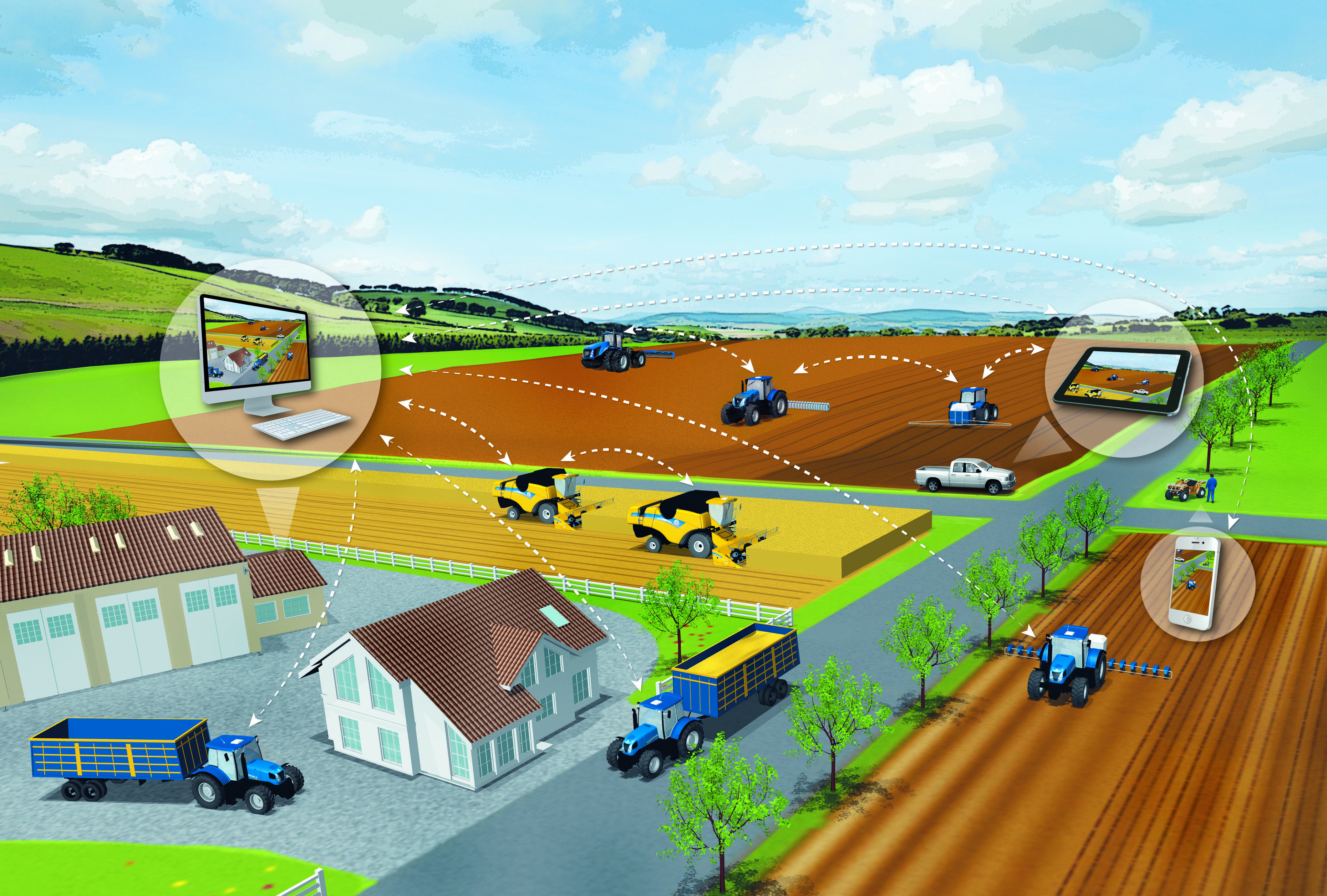
Intelligent agricultural sensors, which are data collection points, can be installed throughout the farm, from greenhouses to pastures. The resulting information is fused into a single management system, which must be integrated with accounting and procurement databases in order to reach its full analytical potential.
Cropio and Farmlogs are examples of companies offering comprehensive agricultural technology solutions for remote farm management based on IoT monitoring.
Efficiency of IoT systems in agriculture
By using IoT systems, it is possible to increase the productivity and yield of a farm or farmer, improve the quality of products, reduce the need for pesticides, and achieve predictable and controllable working processes.
Obviously, greener and healthier products grown using the latest agricultural technologies will also have higher selling prices.
In addition, by collecting and processing data from intelligent monitoring, farmers can predict future soil and environmental conditions and plan crops for the next year. Therefore, predictive analysis allows them to make calculated management decisions.
Despite the fact that the implementation of intelligent monitoring systems requires time and investment, it usually pays off in the long term.
---------------------
Things to know before implementing IoT systems in a farm.
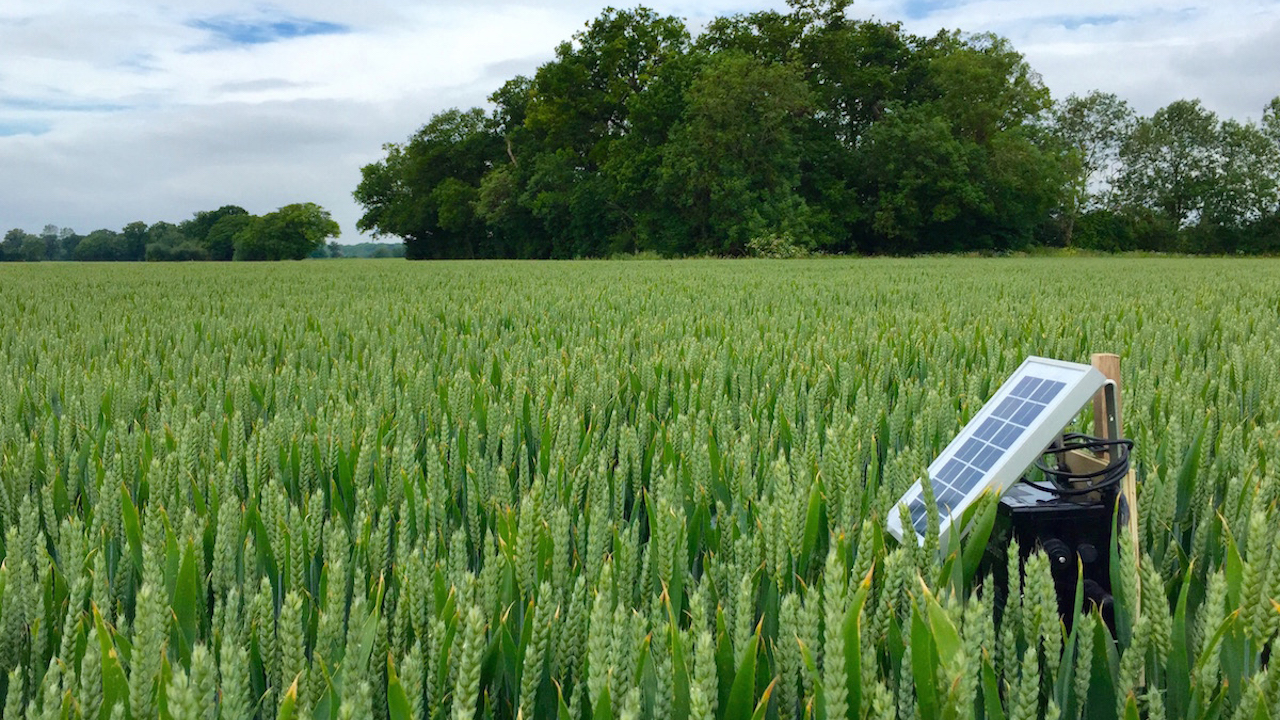
To implement such intelligent systems in your farm, you need to identify several key points:
1. Aims and objectives
Every farm has vulnerable areas that need monitoring: if you live in an extremely dry climate, monitoring soil moisture can be a major goal. The key tasks that you want to achieve will ultimately determine everything from the sensor structure to the IoT software architecture.
2. Decide which data transmission technology you want to use
Smart monitoring of agriculture consists in collecting information based on data. But the data that you collect on the spot must be sent to the processing department. The choice of data transmission technology will depend on the distance you have to travel.
For example, if the distance is only about 10 meters, the data can be transmitted via Bluetooth. If the distance is a few kilometers, a broadband network may be more appropriate.
3. Identify key power sources
The moving distance of the data also directly affects the battery life of the IoT sensor. You can control power consumption by adjusting the frequency and volume of data transfer. Either way, power consumption and power sources will require preliminary estimates.
4. Be aware of sensor installation features
Installation of sensors may require complex manipulations or be relatively simple depending on their location. This is another important aspect to discuss with your IoT system vendor.













































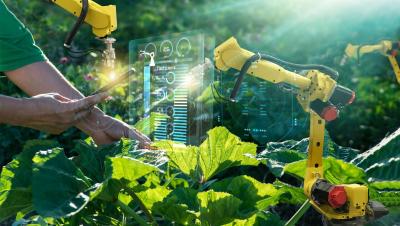
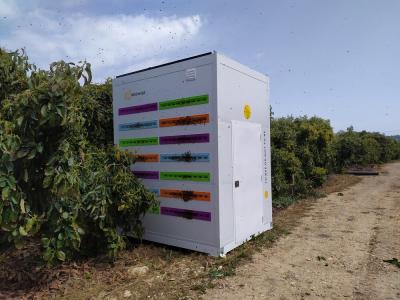
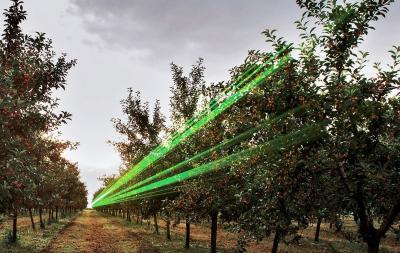
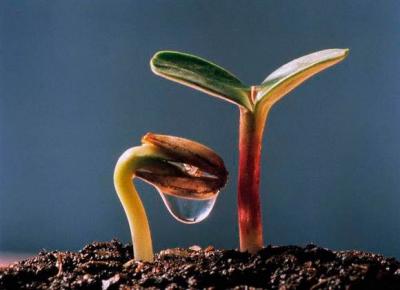
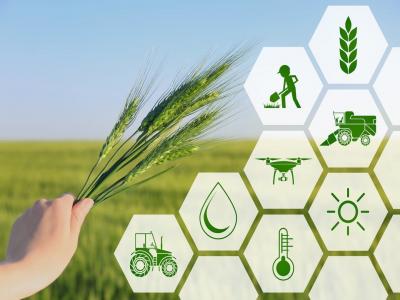
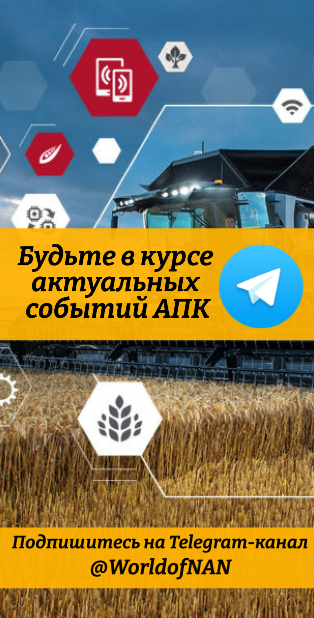
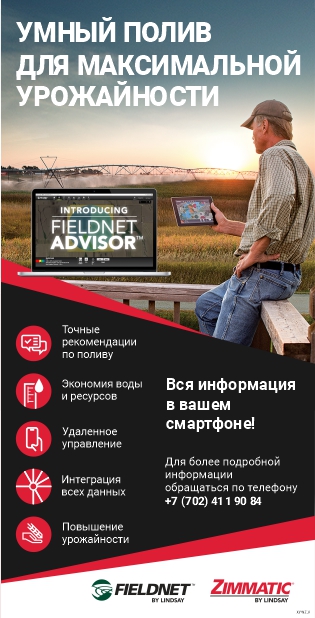

Обсуждение